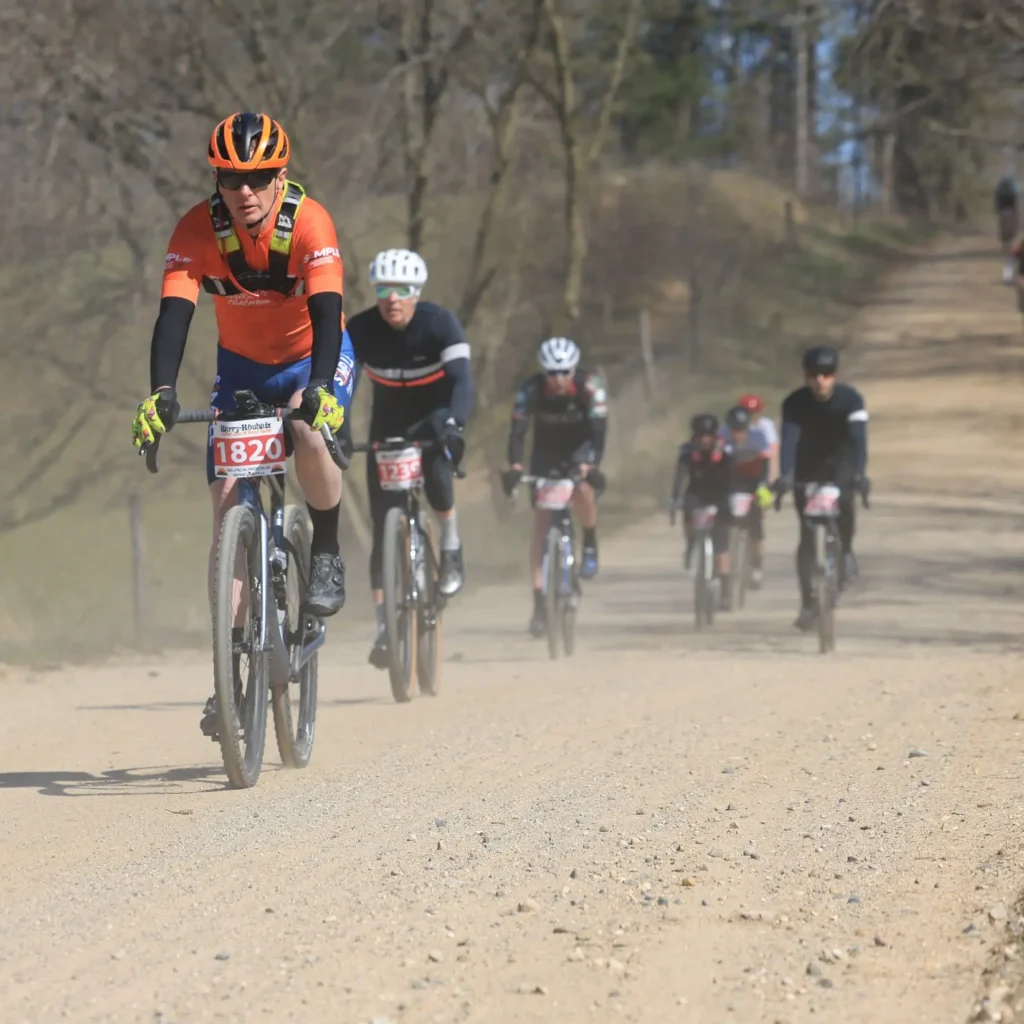Short on Training Time? Optimize Training to Improve Endurance Performance
Given limited available time, how can we structure training to improve performance?
Or put another way, what is the minimal amount of time to train and still improve performance while running or riding?
The answer is, as usual, it depends – mostly on your goals and your past experience.
The volume and intensity of your training generally dictate how much performance you’ll see.
But yes, if you have just a short amount of time to train, you can still make improvements

Getting fit requires gradual increase of training stress
In the “Cyclist’s Training Bible,” Joe Friel writes, “An athlete should do the least amount of properly timed, specific training that brings about continual improvement.”
This means if you consistently and incrementally stress your body, as well as provide enough time for recovery and adaptation, your body will respond by getting faster, stronger, and/or more efficient.
You stress your body, and then, during recovery, you adapt to the stress and get better at handling it.
In basic terms, your body responds to training stress in several ways: your muscles get better at doing work (get stronger), and your metabolic system, the way your body creates and uses energy, becomes better and more efficient at producing and consuming energy.
Also, your cardiovascular system – your heart and blood – also improves its function by adding more capillaries, pumping more blood, and growing a bigger heart.
However, the key word here is incremental, as in you need to do more to continue to stress your body enough for it to make changes.
Continual improvement means stress, then recovery
To improve your performance as a runner or cyclist, you need to continually ask your body to do more than it did before: produce more force or power, utilize energy more efficiently,
You upset the homeostasis in your body’s systems by training, then your body responds to the stimulus by adapting and getting better or bigger when you take time to recover.
But if you don’t take time to recover or don’t fuel yourself sufficiently, your body will be constantly stressed and therefore NOT adapt and change. You just pile on the stress and your body can’t react.
Moreover, you can’t decide to simply start training like a pro and doing 20 hours a week on the bike or 60 miles of running a week.
You’ll break.
The key is to gradually build up the training stress.
Training for shorter events takes less time than longer events
So what is the least amount you can train and still be successful?
The answer, unfortunately, is “it depends.”
It depends largely on what you mean by successful and what your goal event entails.
If you are looking to run a sub-3-hour marathon and only have three hours a week to train, it’s not likely going to happen.
But the point of a good training plan is to maximize the time you have.
Obviously, training for a marathon will require more time than a 5k.
Likewise, training for a gravel century will take more time than a 30-minute cyclocross race.
So the longer and more demanding your target event, the more volume you need to have to prepare yourself.
Maximize the time you have
The goal is to gradually increase your training time to whatever you have available.
Here’s what this very cool study based on training data from marathon runners concluded that a maximum volume of low-intensity work with a continuous increase in speed, combined with high-intensity work resulted in improved performance,
This means as much low-intensity training as you can manage, coupled with sweet-spot/ threshold intervals, and short, really-hard VO2max-type intervals.
And you can “cheat” on the low-intensity training by doing some tempo intervals. So instead of a three-hour ride, you might do two hours with two 20-minute tempo intervals.
For cyclists and runners who have limited training time, it’s important to have intensity and endurance work included in your training.
How much intensity and how much endurance work depends on your goal events.
If you’re already fit, maintain your fitness with intensity
And if you are already fit, you can maintain your VO2max with just two days a week of higher-intensity training.
Another study confirmed that if you are short on time, intensity matters, even with large reductions in volume.
Likewise, you can get away with one strength training session a week to maintain muscle size and force. Another study showed that doing just one set of 6 to 12 repetitions to momentary failure led to gains in one-repetition maxium lifts in squats and bench press.
In this study, just six sessions of sprint interval training improved performance.
But the study lasted just two weeks, so we don’t know how long the effects will last.
While we know that HIIT work, like sprint intervals, can bring peak fitness quickly, the fitness leaves just as quickly.
So we can assume that two days of intensity and one day of strength training can maintain your fitness.
Volume, intensity, consistency matter the most for training time
Volume matters.
Intensity matters.
Consistency matters.
Generally, my clients will do one long low-intensity session a week, with other intensity sessions based on the particular training goals.
Plus we will always include strength training and yoga, both of which are complementary to endurance training, and allow us to do more training at a higher level.
So a given minimum week might look like long endurance on one day during the weekend, two days of strength training and intervals, and a yoga recovery and/or yoga strength day.
Any additional time will be more endurance.
Get the most out of your available training time
If your goal is to complete a 5k and you don’t care about your results, you can do a minimum of training and be fine.
But if your goal is to do gravel races, run a half-marathon, or do a triathlon, you’ll need to find the time to do a little bit of training.
The good news is that with consistent and gradual effort, you’ll make progress.
If you have only five hours a week to train, we’ll have to perhaps temper expectations and goals.
You can maximize the effect of those five hours to get you as much performance as possible.
Here are three things to consider to maximize your training time:
- Include one long workout and two intensity workouts a week at a minimum.
- Include short strength training and yoga/mobility sessions every week.
- Reduce overall endurance time with tempo intervals
Want to know more about what you can achieve?
If you liked this article, please share it with others.
Do you have questions? Email me at paulw at SimpleEnduranceCoaching.com
I support a limited number of cyclists and runners achieve their goals with more strength, endurance, and mobility.
Contact me or sign up for Virtual Coffee so we can discuss your goals, ask questions, and talk about making your endurance training more effective, fun, and Simple.
You can also opt-in to receive my weekly blog posts about what works in endurance sports.
Paul Warloski is a:
- USA Cycling Level 3 Coach
- RRCA Running Coach
- Training Peaks Level 2 Coach
- RYT-200 Yoga Instructor
- Certified Personal Trainer




